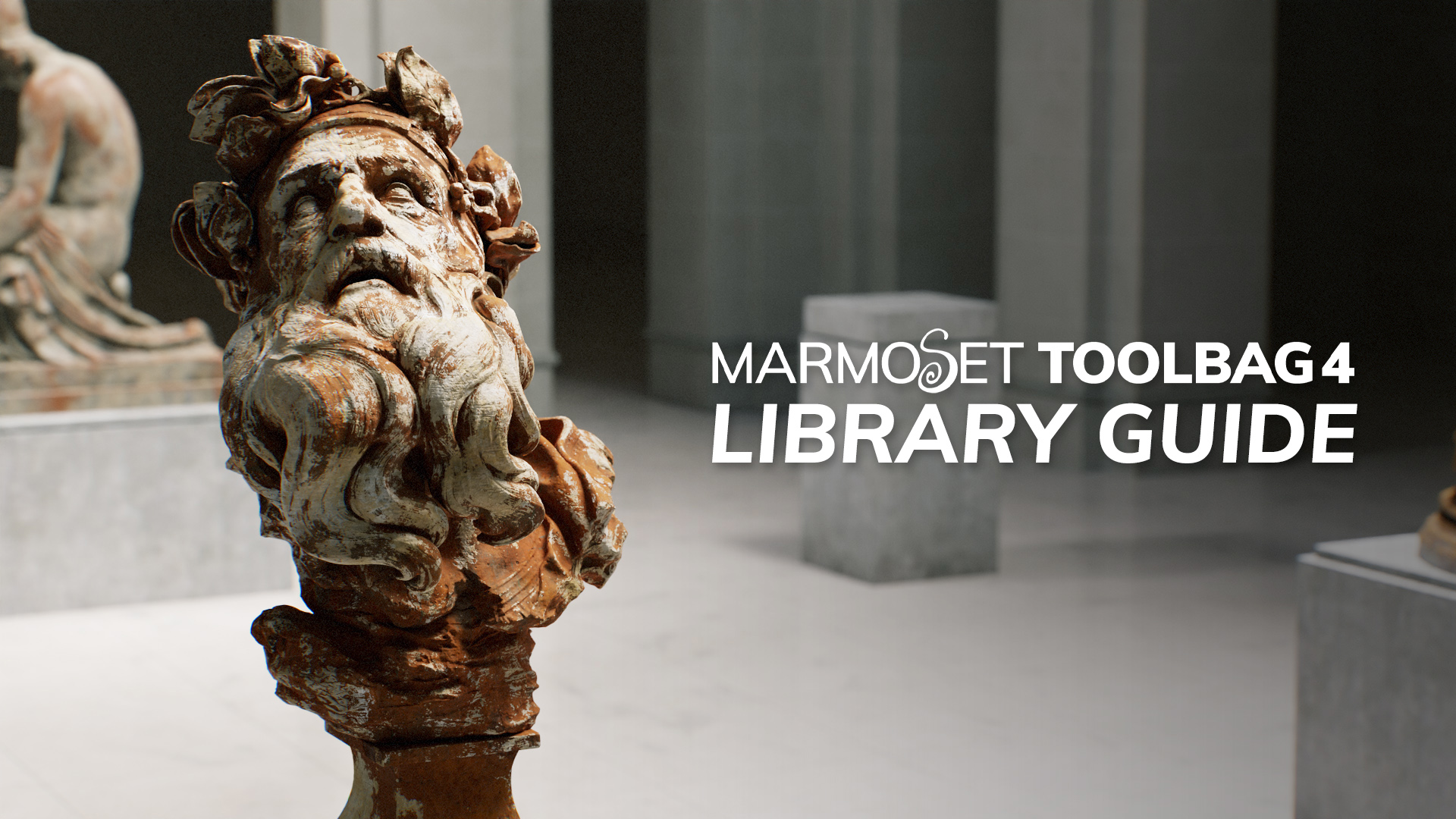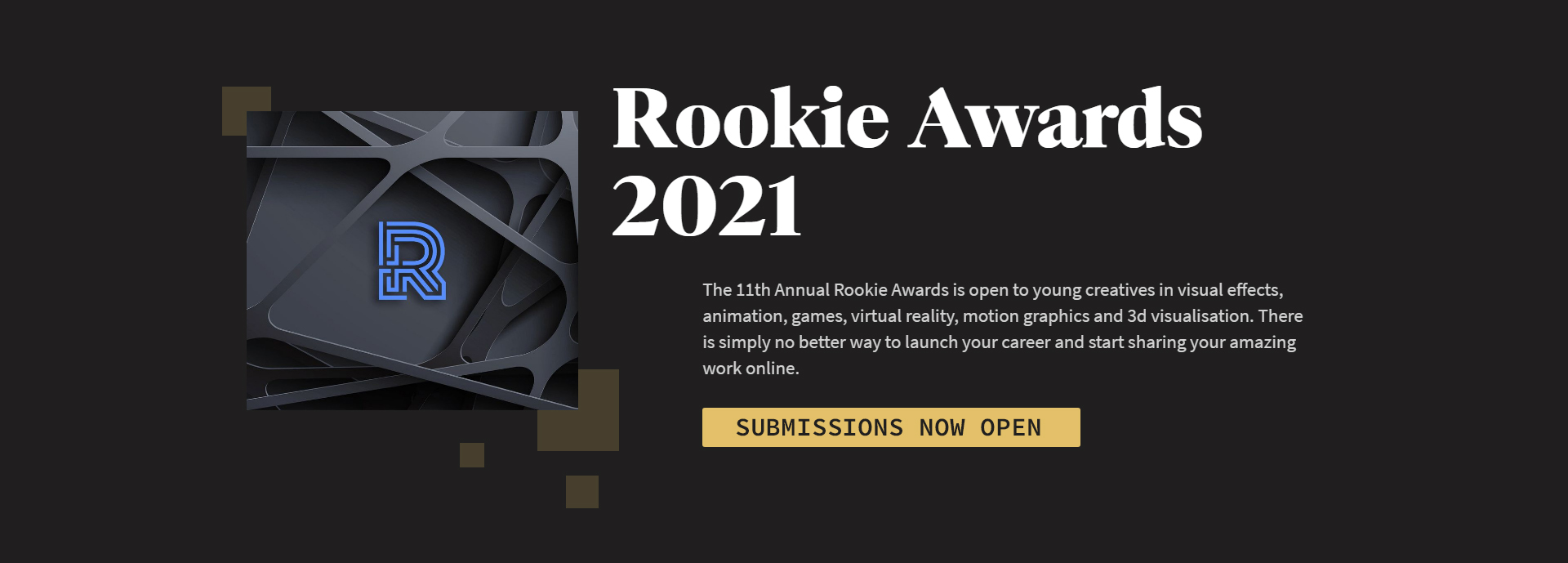Darío Juárez wrote a breakdown of his process for creating an MP5K gun. Darío used Toolbag 3’s baker for his maps and set up a series of beauty shots for the final piece.
Learn more about how Toolbag 3 can help take your work to the next level.





